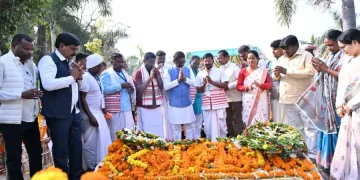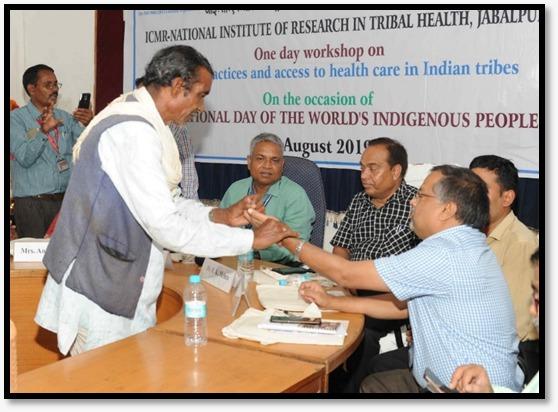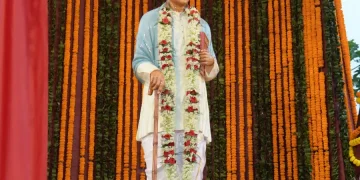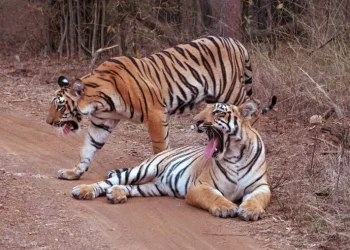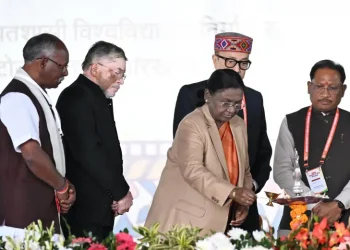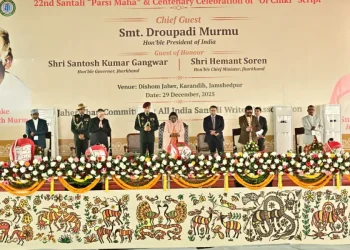New Delhi
The Indian Council of Medical Research (ICMR) and the National Institute of Research in Tribal Health (NIRTH) have together begun a study among vulnerable tribal groups in Madhya Pradesh’s Dindori and Umaria districts, aiming to persuade traditional tribal healers help bring their community members to Government’s health centres when they fail to deliver.
At the same time, the study, in collaboration with the State Health Department, does not lose sight of the importance of the tribal healers within their community.
“They (tribal healers) have the 4A advantage, i.e. availability, accessibility, affordability and acceptability in the ecosystem of tribal community,” Dr. Nishant Saxena, a social scientist from NIRTH, Jabalpur, said, underlining the fact that they were like cultural gatekeepers who cannot be ignored if one has to reach out to the tribal community.

The study will cover 1.5 lakh Particularly Vulnerable Tribal Groups (PVTGs) from the Baiga community residing in Umaria, located adjacent to the Chhattisgarh border, and Dindori districts. Gradually, more districts in the country will be included.
As per the 2011 Census, India is home to 10.43 crore Scheduled Tribe (ST) people accounting for 8.6% of the country’s total population. Among the 705 Scheduled Tribes, 75 groups are categorized as PVTGs whose number is estimated to be 28 lakhs.
“We have found that tribal people have tremendous faith in the local healers. Irrespective of the kind of disease they are having, they will first go to these healers, take their advice and medicine and only when they fail to get reprieve they approach clinicians in the public or private sector.
“Studies show the number of patients approaching is sizable, from 16 to 40 per cent. The Government has a number of programmes and schemes for holistic development of the tribes. In spite of this, tribal health continues to be a major concern. Invariably, in every tribe there are traditional healers who provide primary healthcare and also a medium to connect man with nature and the divine,” Dr. Saxena maintained.
“So this study aims to focus on how to connect the healers with the mainstream health system. The ultimate aim is to ensure the health of the tribal people who are presently having varied medical problems ranging from infectious to chronic diseases,” he outlined.
The study also aims to recognize the services of these tribal healers whose traditional knowledge is fading as the tribal youth are not interested in taking up the practice. The need of the hour is to integrate the traditional healers, known as Gunia, Guni or Bhumka in Baiga, Bhil and Bharia tribes, into modern medicinal system.
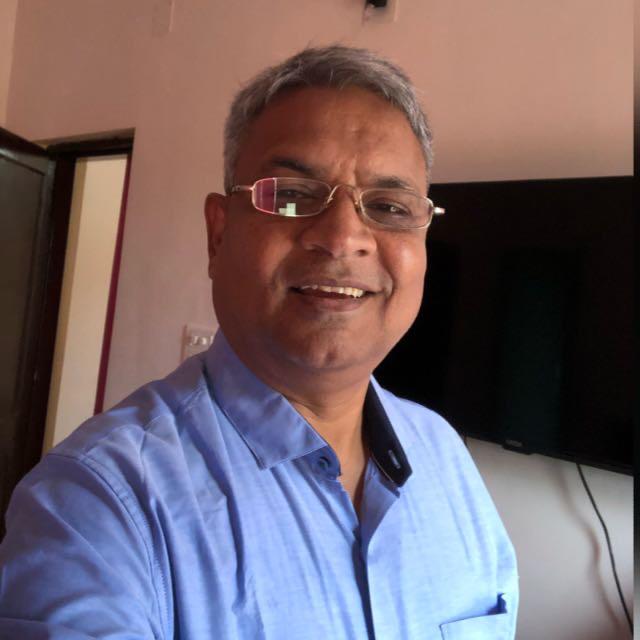
“Till date, there are no policies to recognize and acknowledge the services being provided by these tribal healers for the community at large. This note envisages to draw attention to this critical policy gap which, if filled, could help in achieving universal health coverage for all, especially in tribal areas,” said Dr Aparup Das, Director, NIRTH and coordinator of the study.
Ample opportunity will also be generated to scientifically validate these practices, which when proved beneficial could be utilized for the betterment of all. Most importantly, the traditional tribal healers could act as a channel for timely referral of cases where immediate medical attention is required, and are envisaged as Tribal Health Ambassadors, as per the mandate of the study to be completed in three years.
Dr. Dinesh Kumar, Scientist, who is co-investigator in the study pointed out that at present there is no formal system of learning these practices and all these healers are carrying forward the traditional knowledge gathered over generations of habitation close to nature.
“In a country with such a huge tribal population, the public health system has so far not acknowledged the presence of this age-old system of healing which is still in vogue, especially in areas inhabited by these ethnic groups,” Dr Kumar pointed out.
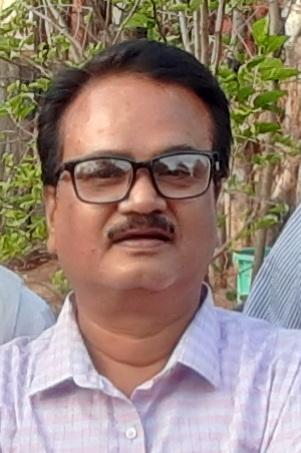
The tribal healers will be encouraged to share their traditional knowledge with the health agencies and at the same time act as channels of timely referral for cases where immediate intervention is required. There’s a plan to introduce an incentive-based model for traditional healers so as to integrate them with public health.
“This will be a win-win approach for all. We hope that this could lure the young members to take up this profession which is highly revered in the community and also open avenues for sustainable livelihood.” viewed Dr. Kalyan B Saha and Dr Suyesh Shrivastava, who are also investigators in this ambitious study.
The proposed study is the outcome of a workshop conducted in 2019, which Dr. Saxena held with the Dindori tribal communities in Madhya Pradesh and realized that there was an urgent need to rope in the traditional tribal healers on whom the communities rely not only for their health needs but also religious and other personnel problems.
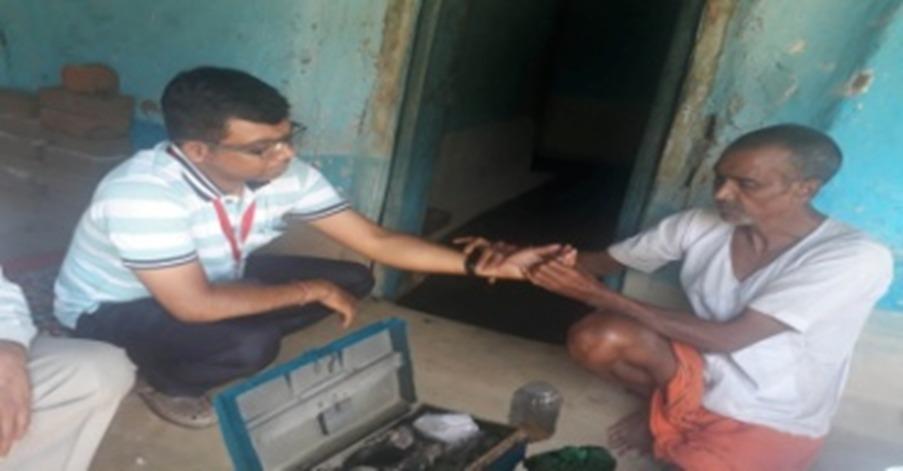
This interactive symposium was attended by representatives from the modern public health system at district, block and village levels besides civil society representatives of the area, sarpanch, traditional political leader of the Baiga community (Mukkadam) as well as 27 traditional tribal healers (including three females) along with their 12 patients who had been cured by them.
The workshop revealed that policy initiatives are needed to facilitate recognition of traditional healers so that they may be integrated into the formal structure of the health care system, Dr. Saxena opined.

